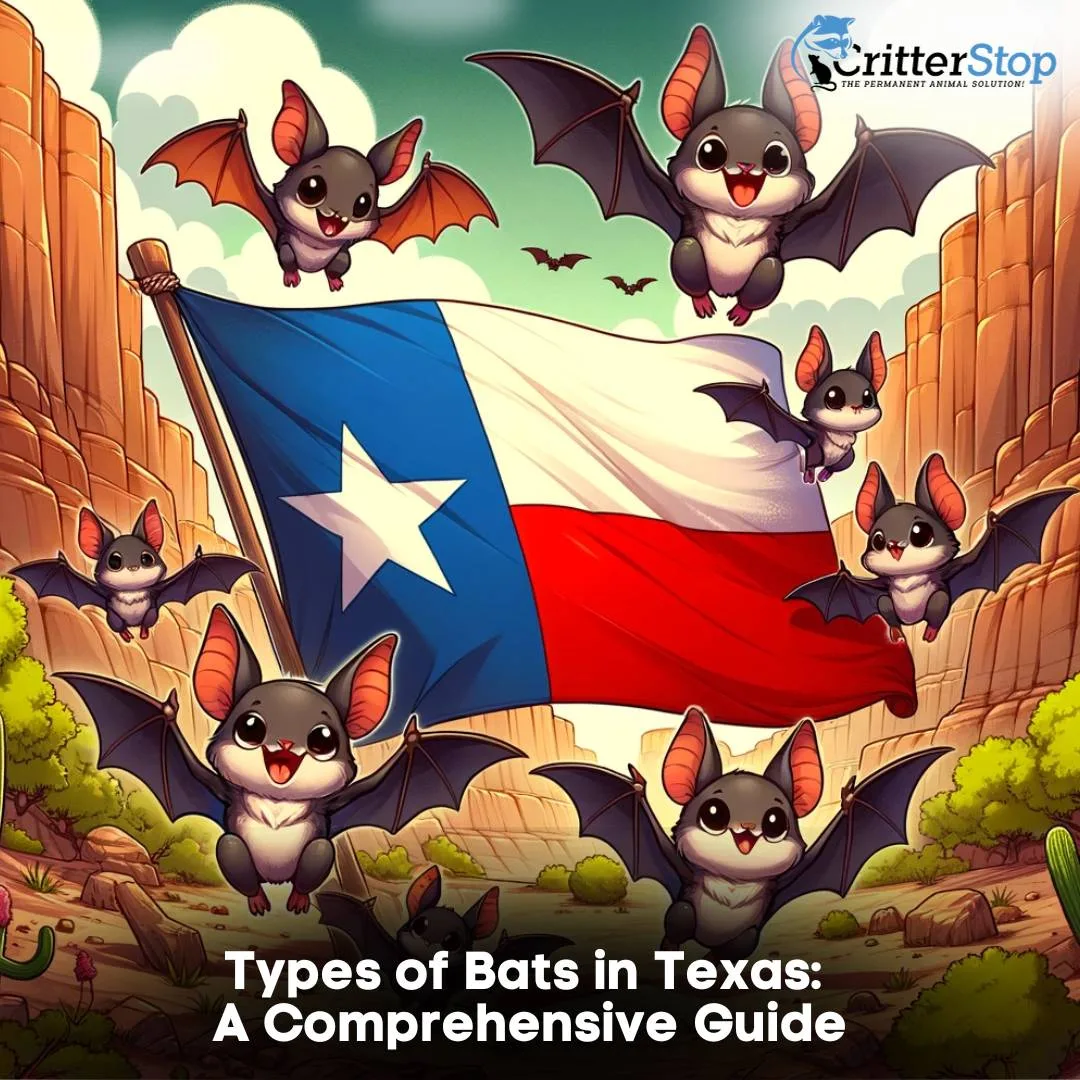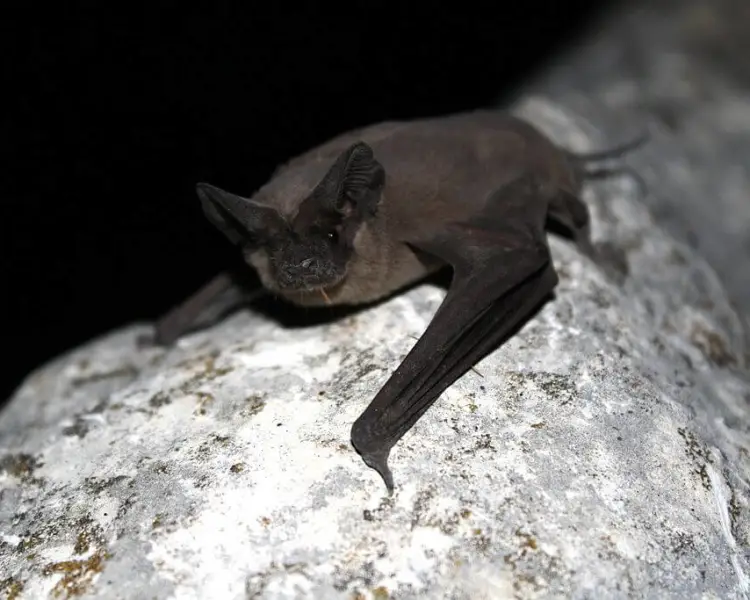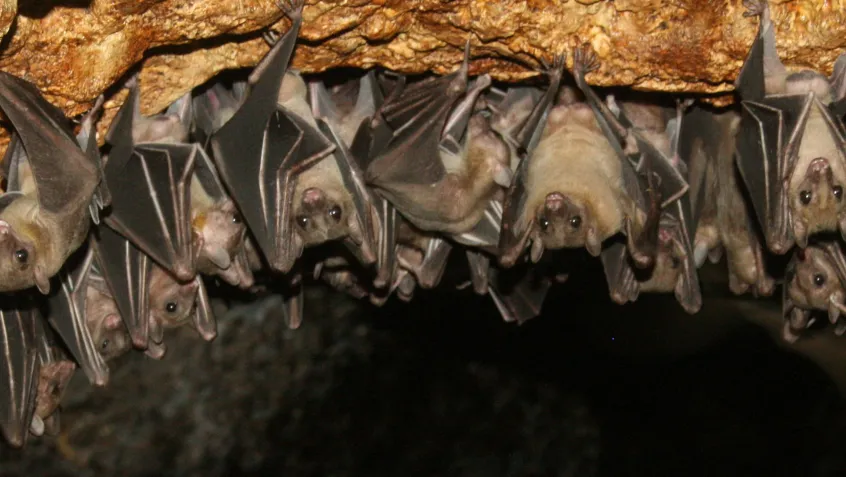
Texas is home to a diverse array of wildlife, including a variety of bat species. Bats play a crucial role in the ecosystem, serving as pollinators and insect controllers. Team up with Critter Stop to explore the different types of bats found in Texas and their unique characteristics.
One of the most common species of bats found in Texas is the Mexican free-tailed bat. These bats are known for their distinctive tail, which extends beyond their tail membrane. Mexican free-tailed bats can be found in large colonies, with some groups numbering in the millions. They are also known for their impressive flight speed, which can reach up to 99 miles per hour.
Another species of bat found in Texas is the big brown bat. These bats are larger than the Mexican free-tailed bat and are known for their brown fur and broad wingspan. Big brown bats are solitary creatures and can be found roosting in trees, buildings, and caves. They are also known for their ability to echolocate, using high-pitched sounds to navigate and locate prey.

Texas is home to a diverse range of bat species, with over 32 different types of bats found in the state. In our current ecosystem, bats play a vital role by controlling insect populations and pollinating plants. Let’s explore the three main types of bats found in Texas and the largest bat species found in the state.
The three main types of bats found in Texas are insectivorous bats, nectar-feeding bats, and fruit-eating bats. Insectivorous bats, as the name suggests, feed primarily on insects and are the most common type of bat found in Texas. They are known for their echolocation abilities, which they use to locate their prey in the dark.
Nectar-feeding bats, also known as flower bats, feed on nectar and pollen from flowers and are essential pollinators for many plant species. They are easily recognizable by their long snouts and tongues, which they use to extract nectar from flowers.
Fruit-eating bats, as the name suggests, feed on fruit and play an important role in seed dispersal. They are known for their large eyes and strong sense of smell, which they use to locate fruit.

The largest bat species found in Texas is the Mexican free-tailed bat. These bats can have a wingspan of up to 14 inches and can weigh up to 14 grams. They are known for their distinctive tails, which extend beyond the edge of their wings.
Mexican free-tailed bats are insectivorous and are known for their massive colonies, with some colonies containing millions of bats. These bats are considered a keystone species in many ecosystem, they’re mostly known for helping control insect populations.
In conclusion, Texas is home to a diverse range of bat species, with each species playing a unique role in the ecosystem. Understanding the different types of bats found in Texas is essential for their conservation and the preservation of the ecosystem they inhabit.

Vampire bats are a unique species of bats found in Texas. They are known for their blood-sucking habits, which makes them quite infamous among people. Here's what you need to know about vampire bats in Texas.
Identifying a bat species can be quite challenging, but there are a few things you can look for to determine if it's a vampire bat. Vampire bats are small in size, with a wingspan of about 8 inches. They have short, round ears and a nose leaf that is shaped like a spear. They also have sharp, pointed teeth that are used for biting their prey.
Vampire bats feed on the blood of animals, such as cows, horses, and even humans. By using their sharp teeth they make a small incision in the skin of their prey and then lap up the blood that flows out. While vampire bats may seem like a threat to humans, they are not known to transmit diseases like rabies.
If you find a bat in Texas, it's important to leave it alone. Bats are an important part of the ecosystem and play a vital role in controlling insect populations. If you come into contact with a bat, it's important to avoid touching it and to seek medical attention if you think you may have been bitten.
In conclusion, vampire bats are a unique and fascinating species of bats found in Texas. While they may seem like a threat to humans, they are not known to transmit diseases and play an important role in the ecosystem. If you encounter a bat in Texas, it's important to leave it alone and seek medical attention if you think you may have been bitten.

Here are some commonly asked questions about the types of bats in Texas:
Q: How many species of bats are found in Texas?
A: Texas is home to 32 different species of bats, having one of the most diverse bat populations in the United States.
Q: Are bats dangerous?
A: Bats are not considered dangerous to the human population, they play an important role in the control of insect populations and pollinating plants. But remember, they’re wild animals, and carry diseases, such as rabies, so it is important to avoid handling them and to seek medical attention if bitten.
Q: Do all bats in Texas live in caves?
A: No, not all bats in Texas live in caves. While some species do roost in caves, others prefer trees, buildings, and other structures.
Q: What is the largest bat species found in Texas?
A: The Mexican free-tailed bat (Tadarida brasiliensis) is the largest bat species found in Texas, with a wingspan of up to 14 inches.
Q: When is the best time to see bats in Texas?
A: The best time to see bats in Texas depends on the species. Some bats are active year-round, while others migrate or hibernate during the winter months. The most common observed species in Texas is the Mexican free-tailed bat and can be seen in large numbers during the summer months when they emerge from their roosts to feed at dusk.
Don’t want Bats keep you awake at night? With our unique mechanism at Critter Stop, we help keep your home safe and sound. We understand the anxiety that wildlife can create in your home, so call us at (214) 234-2616 our expert team is at your service. We're happy to assist you!
Visit our Critter Library and learn more about our furry friends